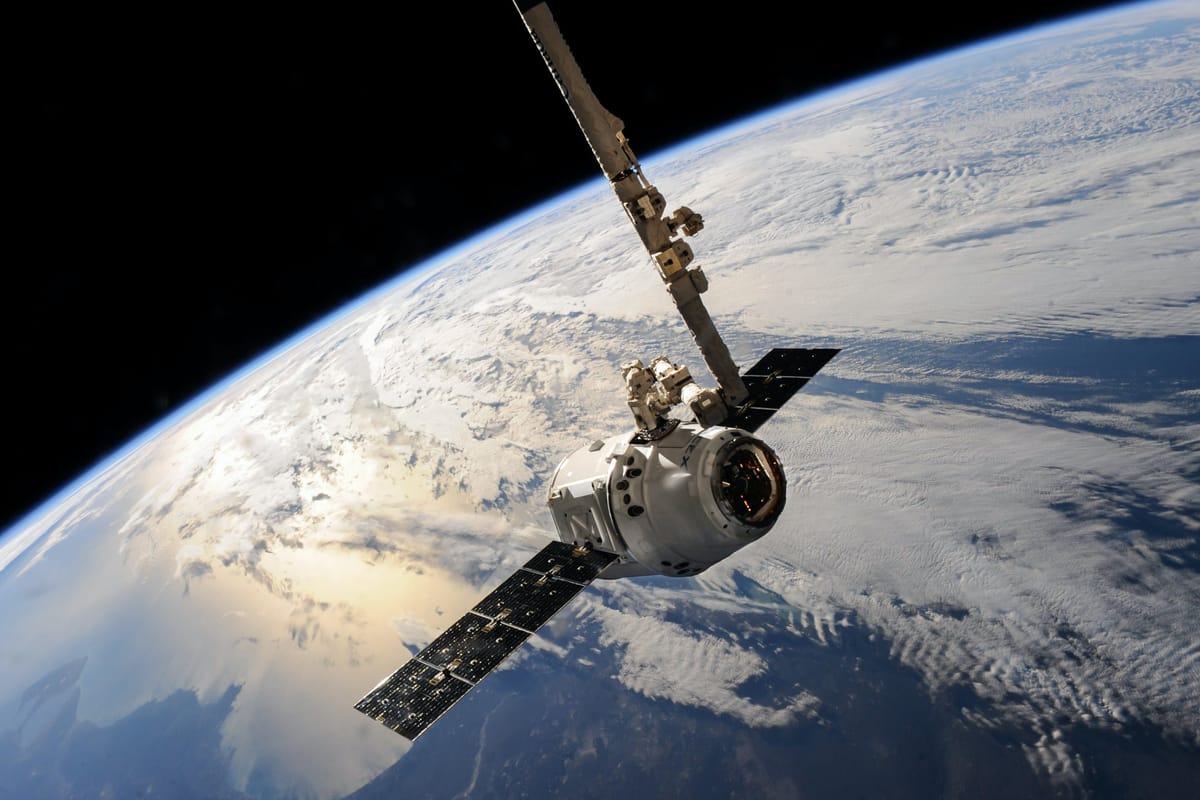Satellite megaconstellations may spell problems for us here on Earth
The concept of a commercial satellite constellation is relatively new but becoming more and more popular.

A few minutes every morning is all you need.
Stay up to date on the world's Headlines and Human Stories. It's fun, it's factual, it's fluff-free.
The concept of a commercial satellite constellation is relatively new but becoming more and more popular. A megaconstellation like this is group of satellites that work together, collectively orbiting Earth to send out broadband Internet access to different parts of the world. SpaceX’s Starlink project is one of these megaconstellations and was first launched in 2019. The other is OneWeb, which began launching in 2019 and sent 34 satellites on its second launch in 2020.
It’s estimated that more than half of all active satellites are part of a megaconstellation. Starlink has almost 5,000 satellites in orbit, and the company’s aiming for an eventual 40,000. Megaconstellations have really taken over low Earth orbit (LEO).
Getting internet access to more people – especially in less accessible parts of the world – is widely considered a beneficial project. But these megaconstellations also pose problems for us on Earth, especially when we start talking about overcrowding.
As more commercial satellites and megaconstellations get launched into orbit, the risk of space objects crashing into each other rises. And a single space collision can lead to thousands of pieces of space debris. The worst outcome here is a phenomenon called Kessler Syndrome, named after NASA scientist Donald Kessler. In 1978, Kessler co-wrote a paper describing a possible situation where LEO becomes so crowded that collisions are so common and overblown that orbital space is eventually unusable.
As astronomer Samantha Lawler puts it: “You can’t send up new satellites and expect them to function if they’re flying through a field of bullets all the time.”
Another problem arises when we talk about how LEO is becoming more and more privatized. Some scientists are worried that the way that LEO is being “occupied” raises the risk of essentially repeating the act of colonization but in space. They suggest that dark skies and the ability to see the stars are human rights associated with many cultural traditions all over the world.
“We advocate for a radical shift in the policy framework of international regulatory bodies towards the view of space as an ancestral global commons that contains the heritage and future of humanity’s scientific and cultural practices,” urged Aparna Venkatesan, James Lowenthal, Parvathy Prem, Monica Vidaurri in a 2020 paper.




Comments ()